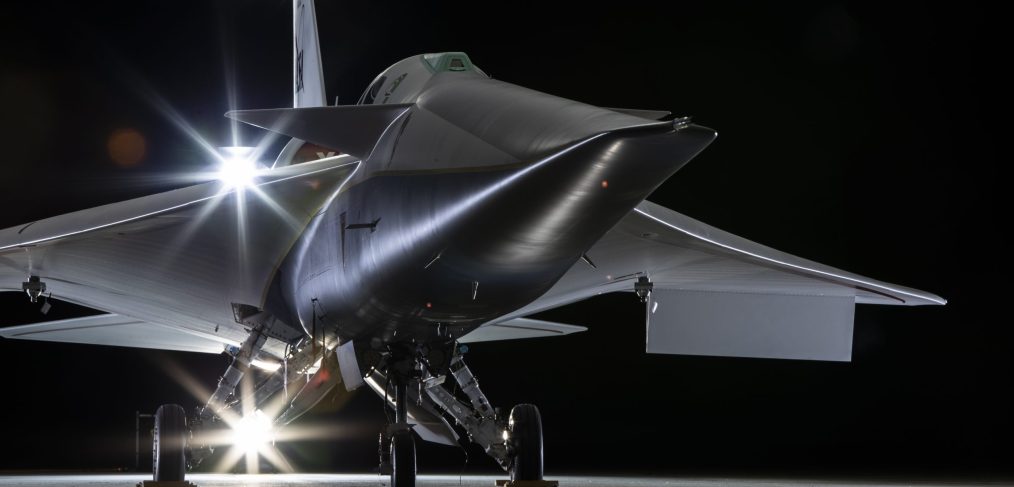
Five NASA Space Grant Consortia Teams Selected for NASA OSTEM Quesst Community Overflights
NASA has issued new grants to five universities to help develop education plans for the community overflight phase of the agency’s Quesst mission, which aims to demonstrate the possibility of supersonic flight without the typical loud sonic booms.
The new grants, from NASA’s Office of STEM Engagement, will provide each university team with $40,000 to develop science, technology, engineering, and mathematics (STEM) engagement strategic implementation plans for those Quesst community overflights. The awards will focus on plans for engaging with students and educators in the communities that NASA will eventually select for overflights. This will help ensure communities are accurately informed about this phase of Quesst and what involvement in the mission will look like for their community.
“The Quesst mission is unique at NASA, with community input playing a major part in its success,” said Eric Miller, deputy mission integration manager for Quesst. “These new awards will allow NASA to learn from other STEM professionals, informing us as we develop a framework to effectively engage with students and educators.”
The selected institutions and their projects, are:
- Carthage College, Kenosha, Wisconsin – STEM Quesst, Wisconsin Space Grant
- Cornell University, Ithaca, New York –Quesst Community Overflight STEM Engagement New York Space Grant Consortium
- Old Dominion University, Norfolk, Virginia – Engaging the National NASA Space Grant Network in Support of the Quesst Community Overflight STEM Engagement
- University of Puerto Rico, San Juan, San Juan, Puerto Rico – Space Grant Quesst Community Overflight STEM Engagement: Sounds of Our World
- University of California, San Diego, San Diego, California – California Space Grant Planning Support for the Quesst Community Overflight STEM Engagement
Read the full article on NASA.gov
Author Credit: Lauren E. Low
Image Credit: Lockheed Martin / Michael Jackson

